|
Museum Nikon at Tokyo |
|
Museum Nikon at Tokyo |
Having the chance to be in Tokyo in May 2023, I took the opportunity to visit the Nikon Museum, which has been open in Tokyo's Shinagawa district since 2015 and temporarily closed on March 1, 2024.
A new Nikon Museum is scheduled to open in the fall of 2024 in Nikon's new headquarters located at 1-5-20, Nishioi, Shinagawa-ku, Tokyo 140-8601, Japan. It is not yet known whether it will have the same areas and layout as the old one.
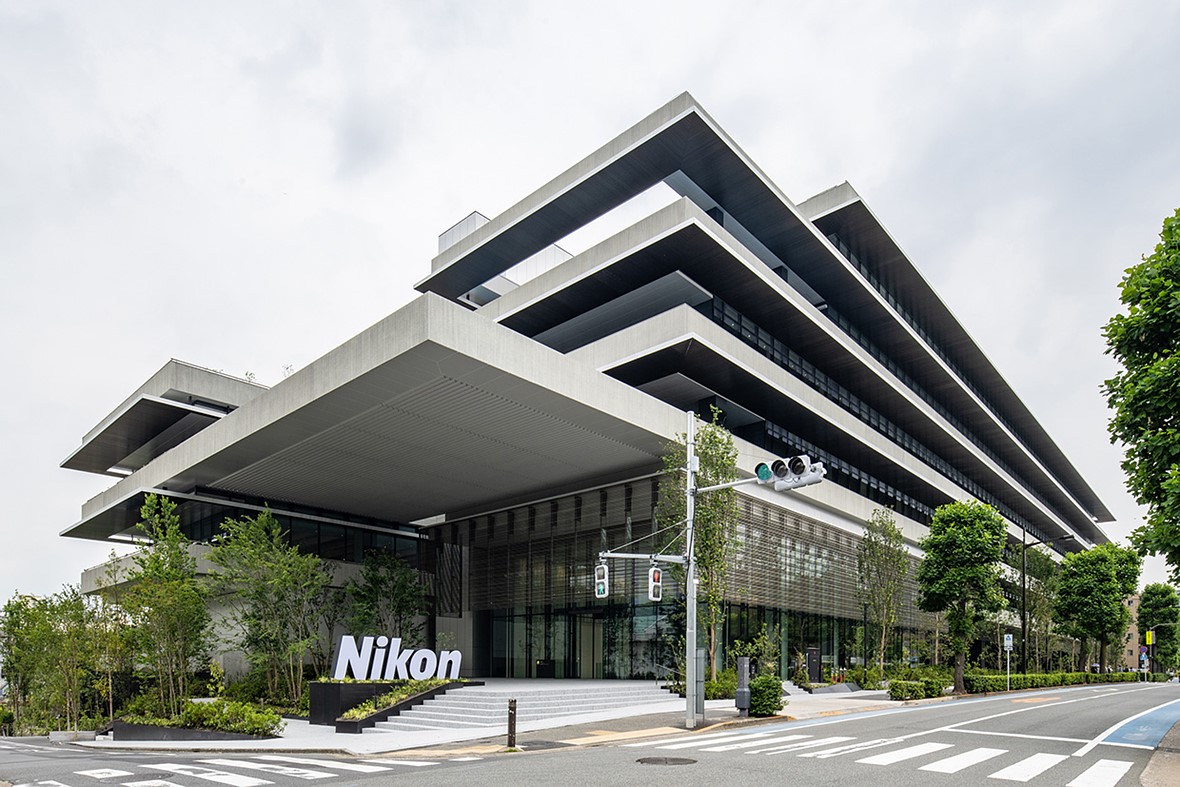
new Nikon head office |

Map of new Nikon head office |
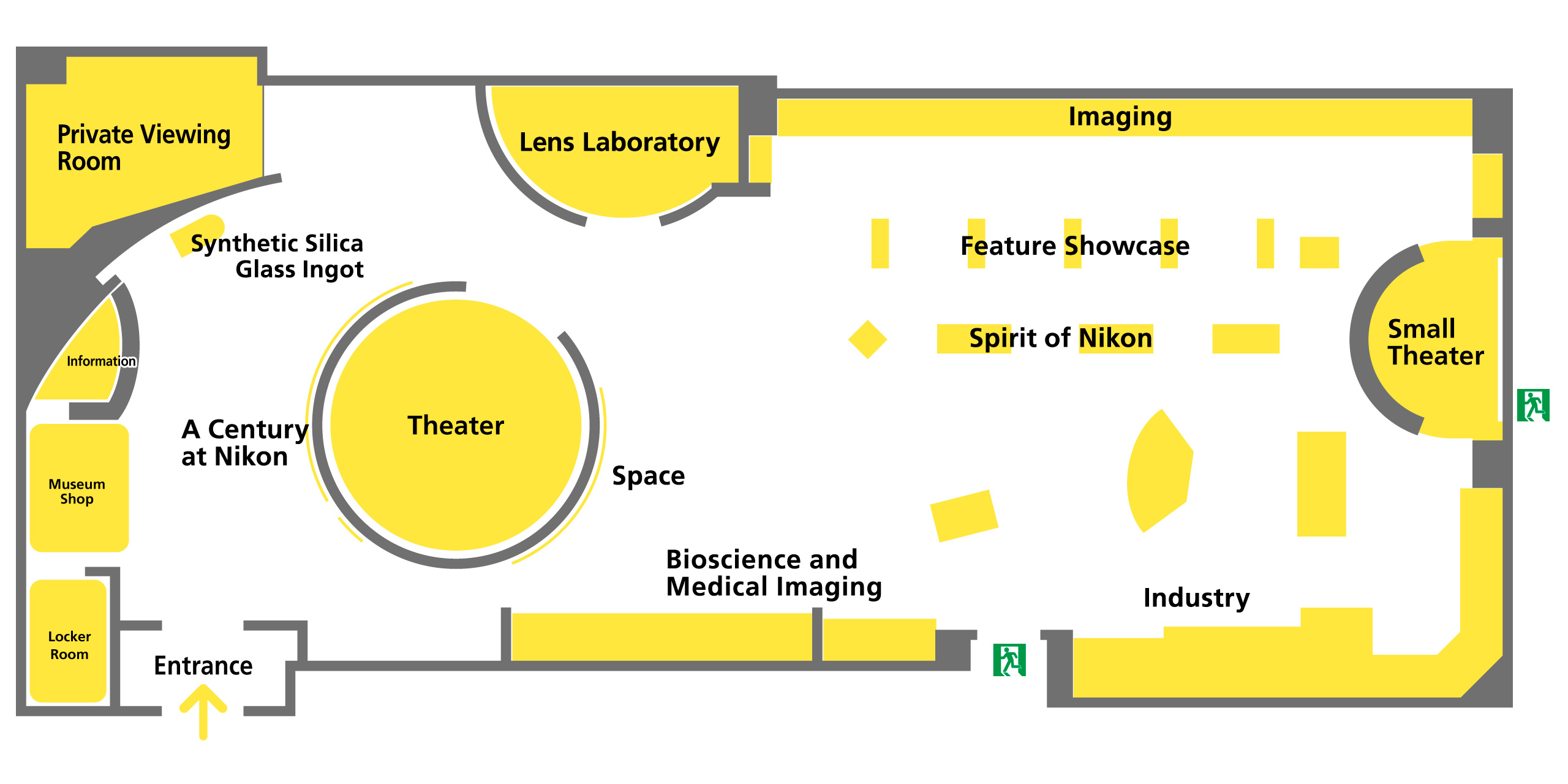
the plan of the old Nikon Museum |
The Nikon Museum contains several interesting areas: Synthetic silica glass ingot This 130 cm long glass ingot reminds us that Nikon produces its own lenses with its optical material manufacturing technologies. Cameras (Imaging) In the main window which covers the entire length of the room, you can see around 500 cameras: from the Nikon Model I to the digital Nikon Z8 and interchangeable lenses. There is the Nikon F Nasa, the Nikon QV-1000 C, a prototype of the Nikon D4... |
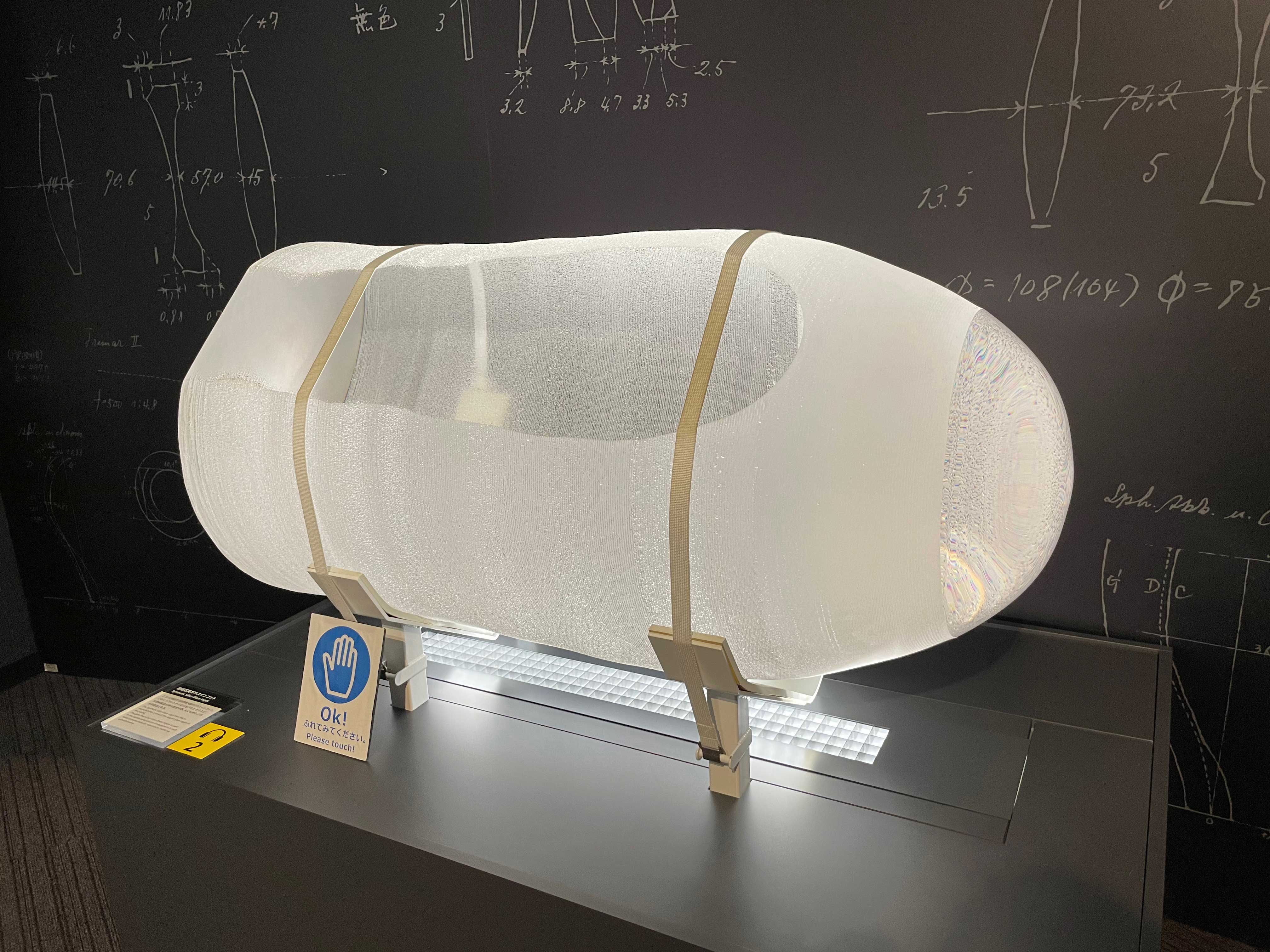
synthetic silica glass ingot (c) pierre J. |
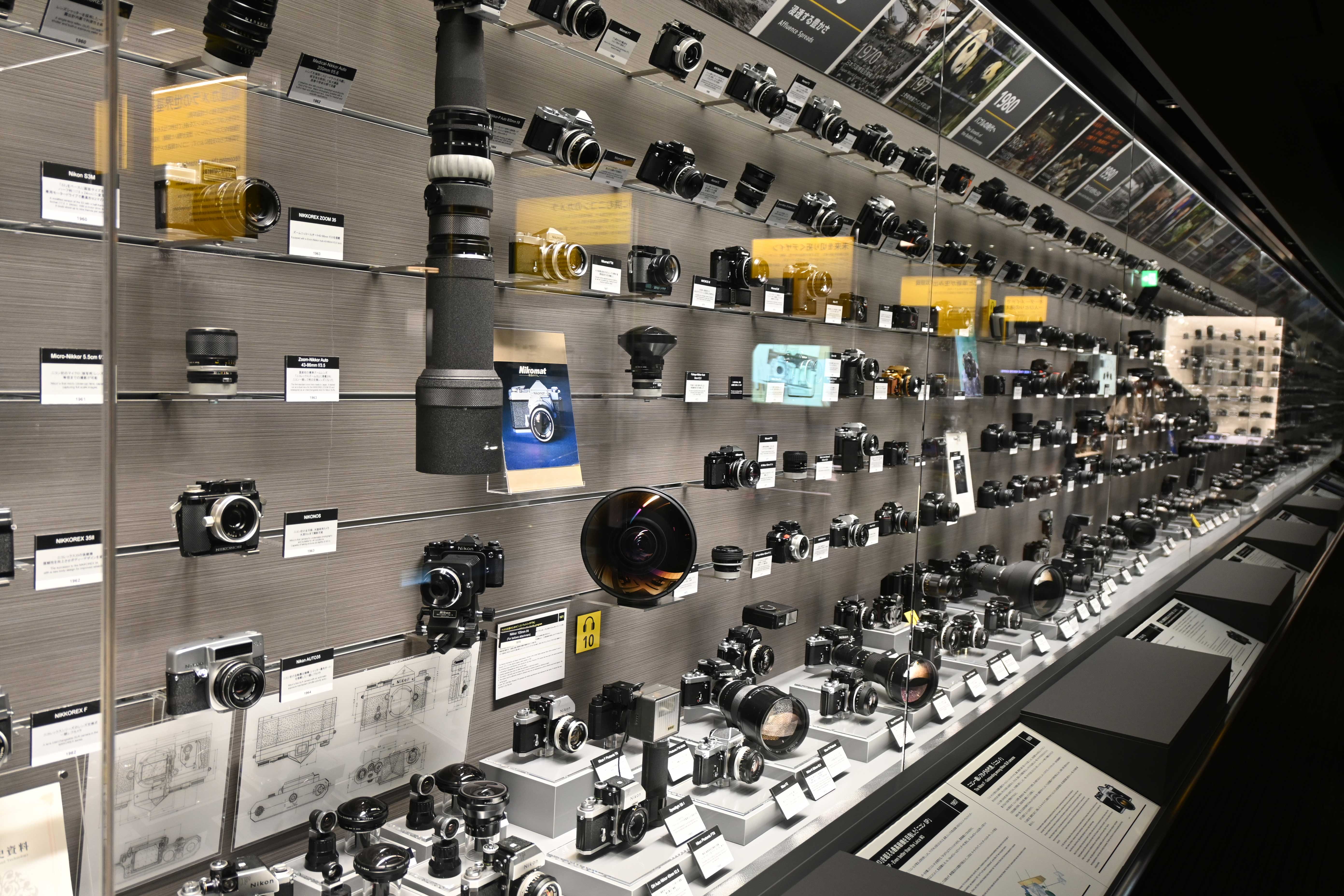
the great showcase of Nikon cameras (c) pierre J. |
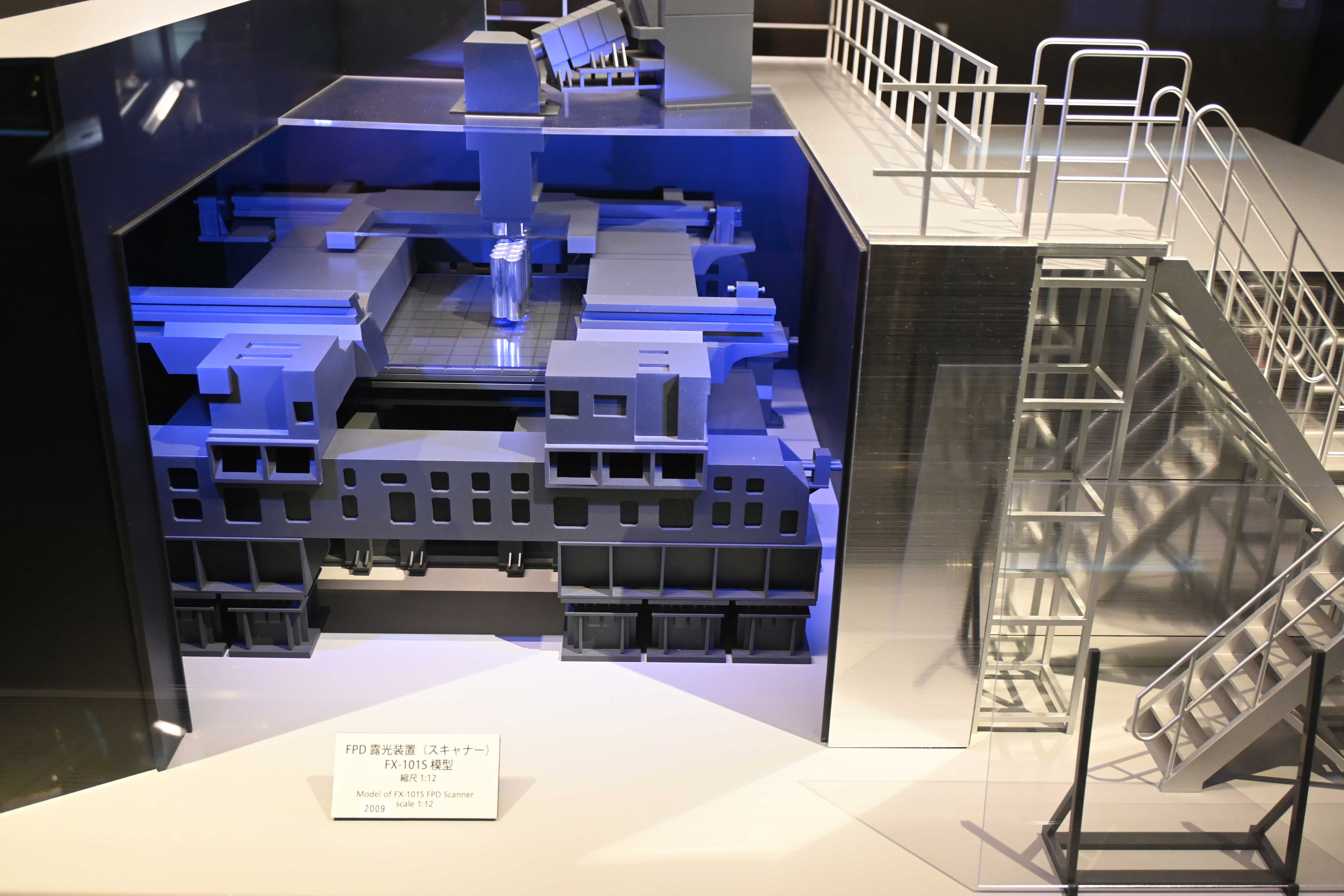
industry: processor burning device (c) pierre J. |
Industry
This part presents the evolution of Nikon's industrial equipment and technologies: solid-state lithography systems, FPD lithography systems, measuring and inspection instruments and encoders.
Solid-state lithography systems are considered "the most precise equipment in history". The "NSR-1505G2A" is an early model of Nikon's Semiconductor Lithography System, a key historical material for science and technology at the National Museum of Nature and Science in Tokyo. It should be remembered that it is this division of precision devices (lithography equipment, used in particular by manufacturers of semiconductors and flat screens), which is now Nikon's main activity.
Biosciences and medical imaging
This exhibition presents Nikon's activities in the fields of health and medicine: the progress of Nikon microscopes, the latest products used in the medical field.
Space
In this part, Nikon explains using panels and models, the astronomical observation devices to the optical probes mounted on satellites.
A very interesting visit. In my case it lasted two hours but we can spend more time studying certain cameras, devices or optics only visible here.
Due to COVID-19, it was not yet possible to have an audio guide, nor to handle the latest cameras.
The Museum staff is very friendly and attentive to visitors and contributes to the pleasure of the visit. At the end of it a small gift is given to visitors and it is possible to take away the museum brochure.
A very good moment for all lovers of the yellow brand.
pierre j.